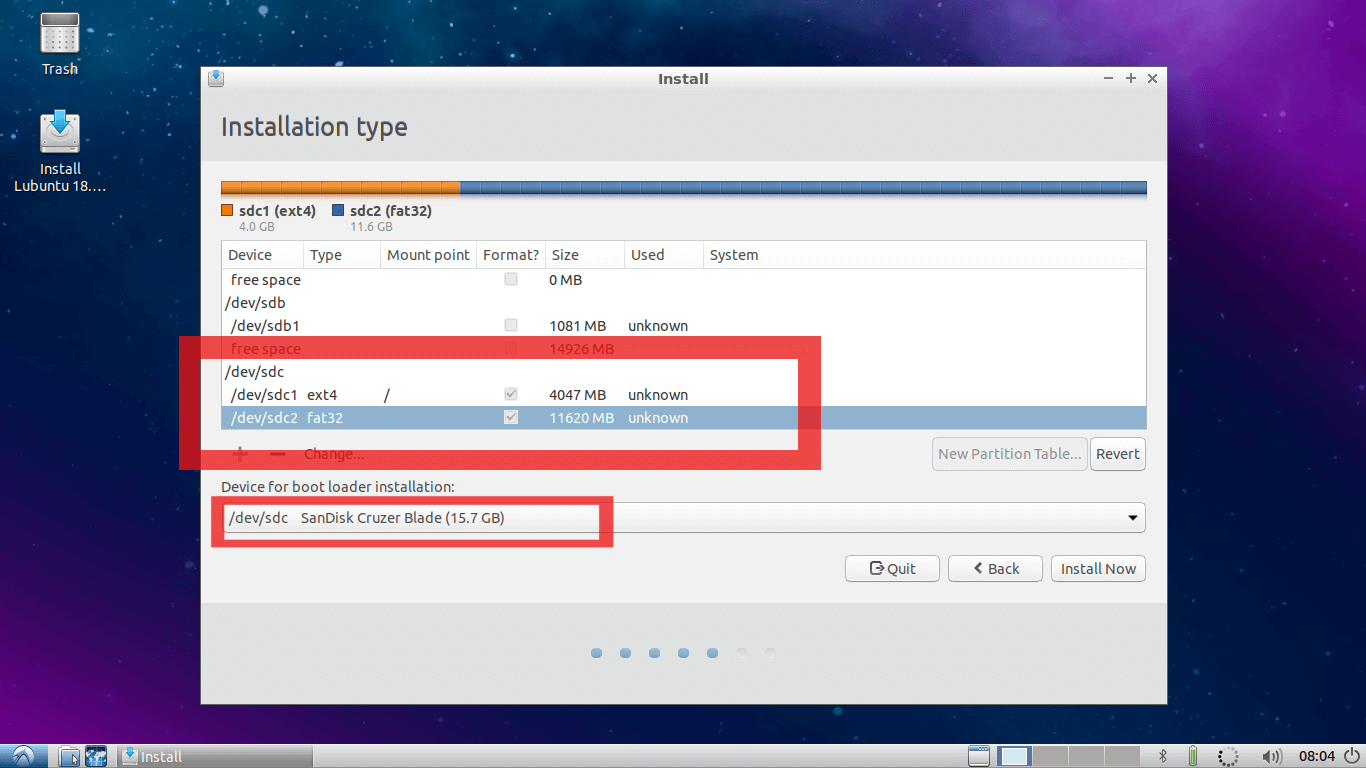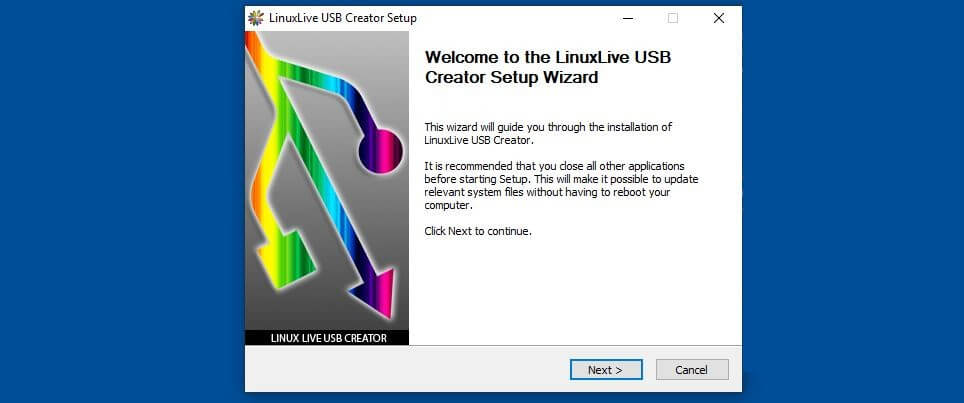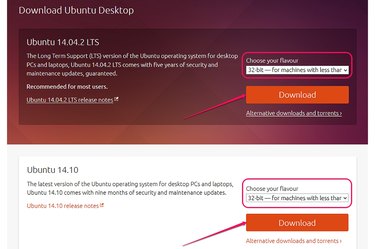
- How to install ubuntu from usb drive how to#
- How to install ubuntu from usb drive update#
- How to install ubuntu from usb drive software#
- How to install ubuntu from usb drive iso#
- How to install ubuntu from usb drive windows#
How to install ubuntu from usb drive how to#
RELATED: How to Boot Your Computer From a Disc or USB Drive How to Make a Persistent Ubuntu USB Drive on Windows When you press “Enter,” the terminal window will close. You can now either reboot your computer and boot from the USB drive or unplug the USB drive, take it to another computer, and boot it there. You will be prompted to press “Enter” when you are ready. If any other dialogs appear, close them by clicking on the “Quit” button.Ī few more lines of output will scroll through the terminal window. When the process has completed you will see a dialog with the phrase “Work done” highlighted in green. That will indicate the process has completed.

You are also advised to wait until you see the phrase “Work done”. The final stage of the creation is to flush the file system buffers to the USB drive. There is a new entry called sdb in the list. The USB drive will now be listed in the output. Plug in your USB drive and use the lsblk command once more. There is one internal hard drive on this machine called sda and there is one partition on it called sda1. The output from lsblk will show the drives currently connected to your computer. Each drive has a block device associated with it. The lsblk command lists the block devices on your computer. In a terminal window, type the following command.

When mkusb tells you it is going to completely wipe a particular drive, you can be sure it’s the USB drive you are planning on using and not another device on your system. That’s great, but there’s nothing like knowing for yourself. The mkusb program does a terrific job of identifying USB drives. We can now proceed to install the mkusb package, with this command: sudo apt install -install-recommends mkusb mkusb-nox usb-pack-efi In other words, the usbdata partition acts as a “shared folder” between your live Ubuntu and any other computer you plug your USB drive into. This means any files copied to the usbdata partition from another computer will be accessible to your live Ubuntu. This partition is also available from within the live Ubuntu on the USB drive. It will be accessible to Linux, Windows, and macOS. The usbdata partition will be formatted with the NTFS file system.
How to install ubuntu from usb drive software#
For example, software you install and settings files will be stored here. The casper-rw partition is used for persistent storage. The remainder of the space on the USB drive will be used for the casper-rw and the usbdata partitions. The grub, boot and Ubuntu partitions take up less than 2 GB. We used a 16 GB drive, but an 8 GB drive would have worked as well. The bigger the drive, the more persistent storage you can have. You’ll also need a USB drive with enough storage capacity to set up persistence. You’ll need a computer already running Ubuntu to perform this process. RELATED: How to Create a Bootable Linux USB Flash Drive, the Easy Way How to Make a Persistent Ubuntu USB Drive on Ubuntu
How to install ubuntu from usb drive windows#
Give Rufus a try if you’re using Windows and want to avoid the Linux command line process below. Previous versions did not, necessitating the below process. Update: Rufus, which we recommend for easily creating live USB drives on Windows, now supports persistent storage in its latest versions.
How to install ubuntu from usb drive iso#
Just download the appropriate ISO file and follow the instructions below. In the past, we had luck with Fedora as well. It should also work with Ubuntu-based Linux distributions. We’ve tested it with the latest versions of Ubuntu-Ubuntu 18.04 LTS and Ubuntu 19.04-and it works.

Persistence doesn’t work with every Linux distribution.
How to install ubuntu from usb drive update#
You can even update most installed applications, so you can be sure your persistent USB drive has the latest version of the web browser you prefer. However, you can install most applications. You can’t modify system files, like the kernel. You don’t need persistence if you’re just using a USB drive to install Ubuntu and then running it from your hard drive afterward. You won’t have to set up your system up from scratch each time you boot. This is an ideal feature if you want to keep a live Linux system on a USB drive and use on different PCs. Whenever you boot the USB drive on any computer, your files, settings, and installed programs will be there. Any changes you make to the system-for example, saving a file to your desktop, changing the settings in an application, or installing a program-will be stored in the overlay file. When you create a USB drive with persistence, you’ll allocate up to 4 GB of the USB drive for a persistent overlay file.


 0 kommentar(er)
0 kommentar(er)
